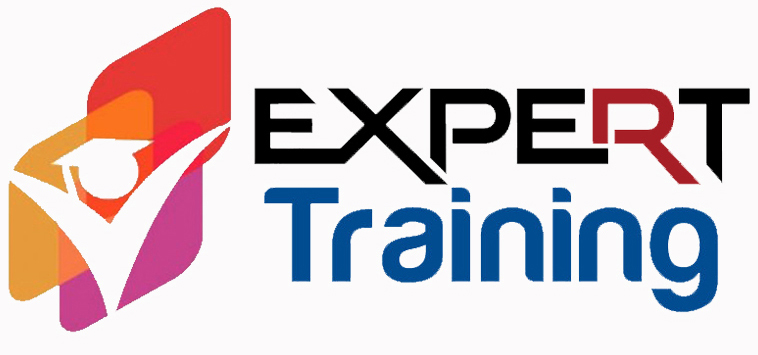Description
Price: 5.00 USD | Size: 1.65 GB| Duration : 7+ Hours |100+ Video Lessons | ⭐️⭐️⭐️⭐️⭐️ 4.9
BRAND: Expert TRAINING | ENGLISH | Bonus : Kubernetes PDF Guides | INSTANT DOWNLOAD
Table of contents
Introduction
Automating Kubernetes with GitOps: Introduction
Module 1: Understanding the Fundamentals
Module introduction
Lesson 1: Understanding DevOps and GitOps
Learning objectives
1.1 Understanding DevOps
1.2 Exploring GitOps
1.3 Kubernetes and GitOps
1.4 Deploying Everything as Code
1.5 DevOps and GitOps Core Components
1.6 DevOps Environments
1.7 DevOps Stages
1.8 Webhooks and Operators
Lesson 2: Using Pipelines
Learning objectives
2.1 What is a Pipeline
2.2 Creating Pipelines for DevOps
2.3 Creating Pipelines for GitOps
2.4 Integrating DevOps and GitOps Pipelines
2.5 Getting Started with Jenkins
2.6 Exploring Pipelines in Jenkins
Module 2: From Code to Image
Module introduction
Lesson 3: Using Git
Learning objectives
3.1 Understanding Git
3.2 Git Fundamentals
3.3 Using Git Advanced Authentication
3.4 Working with Branches and Merges
3.5 Organizing Git Repositories for GitOps Environments
Lesson 4: Building Container Images
Learning objectives
4.1 Understanding Image Formats
4.2 Using Dockerfile
4.3 Creating a GitOps Container Image
4.4 Using Webhooks to Automate Container Image Updates
Module 3: Automating Infrastructure
Module introduction
Lesson 5: Infrastructure as Code
Learning objectives
5.1 Understanding Infrastructure as Code
5.2 Exploring Terraform
5.3 Using Terraform for Infrastructure as Code
5.4 Using Terraform to Manage Kubernetes
Lesson 6: Configuration as Code
Learning objectives
6.1 Ansible and GitOps
6.2 Setting up Ansible
6.3 Managing Configuration as Code with Ansible
6.4 Setting up AWX
6.5 Configuring Webhooks on AWX
Module 4: From Image to Application
Module introduction
Lesson 7: Running Applications in Kubernetes
Learning objectives
7.1 Using Kubernetes
7.2 Using Minikube
7.3 Kubernetes Resources
7.4 Running Applications the Declarative Way
7.5 Providing Access to Applications
Lesson 8: Setting up Kubernetes for GitOps
Learning objectives
8.1 Using NameSpaces to Represent GitOps Environments
8.2 Labels and Annotations
8.3 Using ConfigMaps to Provide Application Data
8.4 Kubernetes Storage
8.5 Using Services
8.6 Using Ingress
8.7 Ingress Access to Services in Specific Namespaces
8.8 Using NetworkPolicy to Isolate GitOps Environments
Lesson 9: Controllers and Operators
Learning objectives
9.1 Custom Resources
9.2 Providing Operator API Access
9.3 Understanding Controllers and Operators
9.4 Creating a Custom Operator
Lesson 10: Kubernetes CI/CD
Learning objectives
10.1 Understanding Kubernetes GitOps CI/CD
10.2 Implementing a CI Pipeline in Kubernetes
10.3 Implementing CD with a Kubernetes GitOps Operator
Lesson 11: Managing Kubernetes Applications the GitOps Way
Learning objectives
11.1 Using the Helm Package Manager
11.2 Exploring Kustomize
11.3 Using Kustomize to Handle Application Updates the GitOps Way
Lesson 12: Using Secrets
Learning objectives
12.1 Providing Configuration
12.2 Using Secrets
12.3 Secrets in GitOps
12.4 Bitnami SealedSecrets
Lesson 13: Using GitOps to Provide Zero-downtime Application Updates
Learning objectives
13.1 Using Deployment Rolling Updates
13.2 Applying Blue/Green Deployment Updates
13.3 Using Canary Deployments
13.4 Service-based Canary Deployments
Lesson 14: Running a GitOps Project
Learning objectives
14.1 Understanding the Project
14.2 Preparation: Setting up Git
14.3 Preparation: Creating a Worker Image
14.4 Preparation: Setting up Storage
14.5 Preparation: Creating the YAML Files
14.6 Implementing the CI Process
14.7 Implementing the CD Process
14.8 Performing the Blue/Green Application Update
Module 5: Using Kubernetes Ecosystem Solutions
Module introduction
Lesson 15: Implementing Observability
Learning objectives
15.1 Understanding Observability
15.2 Using Kubernetes Observability Solutions
15.3 Using Metrics Server
15.4 Using Prometheus
15.5 GitOps Observability
Lesson 16: Integrating Tekton Pipelines
Learning objectives
16.1 Understanding Tekton Objects
16.2 Running Tekton Tasks
16.3 Running Tekton Pipelines
16.4 Running Tekton Triggers
Lesson 17: Automatically Updating Code to Applications
Learning objectives
17.1 Introducing CI/CD Solutions
17.2 Setting up Flux
17.3 Using Flux
17.4 Exploring OpenShift
17.5 Using OpenShift Source to Image
17.6 Understanding Argo CD
17.7 Using Argo CD
Summary
Automating Kubernetes with GitOps: Summary










